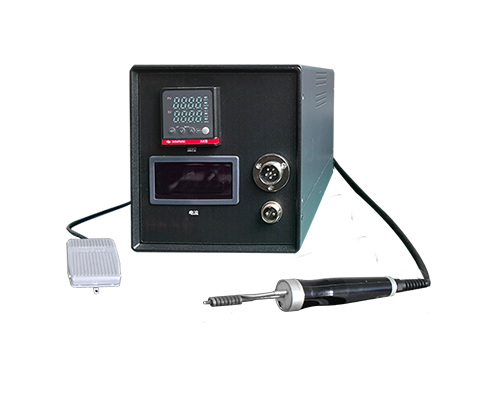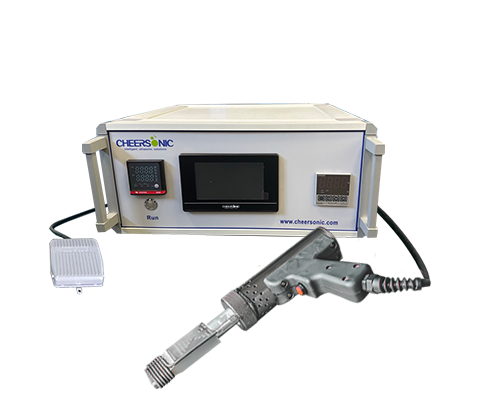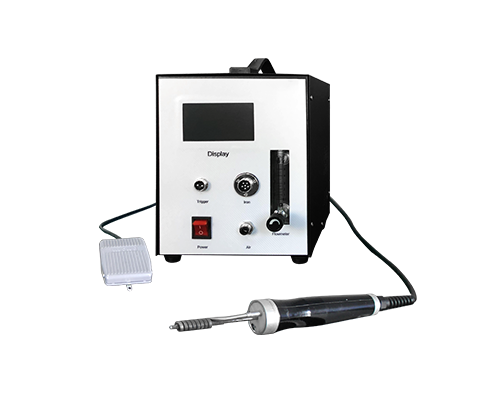In industrial manufacturing, the combined use of copper and aluminum leverages copper high conductivity and aluminum's lightweight advantages, holding irreplaceable value in industries such as new energy and electronics. However, joining dissimilar copper and aluminum has long faced technical bottlenecks: a dense oxide film easily forms on the aluminum surface, and the significant differences in the melting points and thermal expansion coefficients of the two metals make it difficult to achieve high-quality joints using traditional welding methods.
This new technology cleverly combines the core advantages of ultrasonic brazing and diffusion brazing, achieving reliable copper-aluminum connections through the synergistic effect of ultrasonic vibration and liquid-phase diffusion. The core process utilizes a low-melting-point brazing filler metal to form a liquid coating at a relatively low auxiliary temperature. Simultaneously, the ultrasonic cavitation effect and mechanical vibration effectively break down the stubborn oxide film on the aluminum surface, eliminating the need for traditional alkaline and acid pretreatments and the use of flux, which has potential environmental impacts.

Compared to traditional welding techniques, this technology offers significant breakthroughs. Traditional fusion welding is prone to producing brittle eutectics, leading to cracking in joints. However, ultrasonic liquid-phase diffusion brazing, by controlling the brazing filler metal composition and ultrasonic parameters, promotes rapid diffusion of elements, forming a metallurgical bond between the filler metal and the base metal. This results in joint strength approaching that of the base metal, and even reaches 160 MPa when using a tin-zinc alloy eutectic filler metal. Its advantages are even more pronounced for thick-walled workpieces. By pre-depositing the brazing filler metal through vacuum evaporation, effective joining can be achieved without significantly increasing ultrasonic power, thus overcoming the bottleneck of traditional ultrasonic welding, which is limited to thin and thin parts.
In practical applications, this technology has demonstrated strong adaptability. In the manufacture of new energy vehicle battery packs, it can achieve high-strength connections between copper and aluminum conductive bars, balancing conductivity and structural stability. In the assembly of radiators for electronic equipment, its small heat-affected zone protects delicate components from damage. In connecting copper and aluminum pipes in refrigeration systems, the formed joints also offer excellent corrosion resistance, reducing the risk of leakage. These characteristics make it a promising candidate for broad application in high-end manufacturing.
As an innovative material joining technology, ultrasonic liquid-phase diffusion brazing not only solves the international challenge of joining dissimilar copper and aluminum, but also meets the modern manufacturing industry's demand for efficient, environmentally friendly, and high-quality processes. With the further integration of intelligent control and environmentally friendly brazing materials, this technology is poised to play a core role in even more industrial scenarios, opening up new possibilities for material combination applications.





